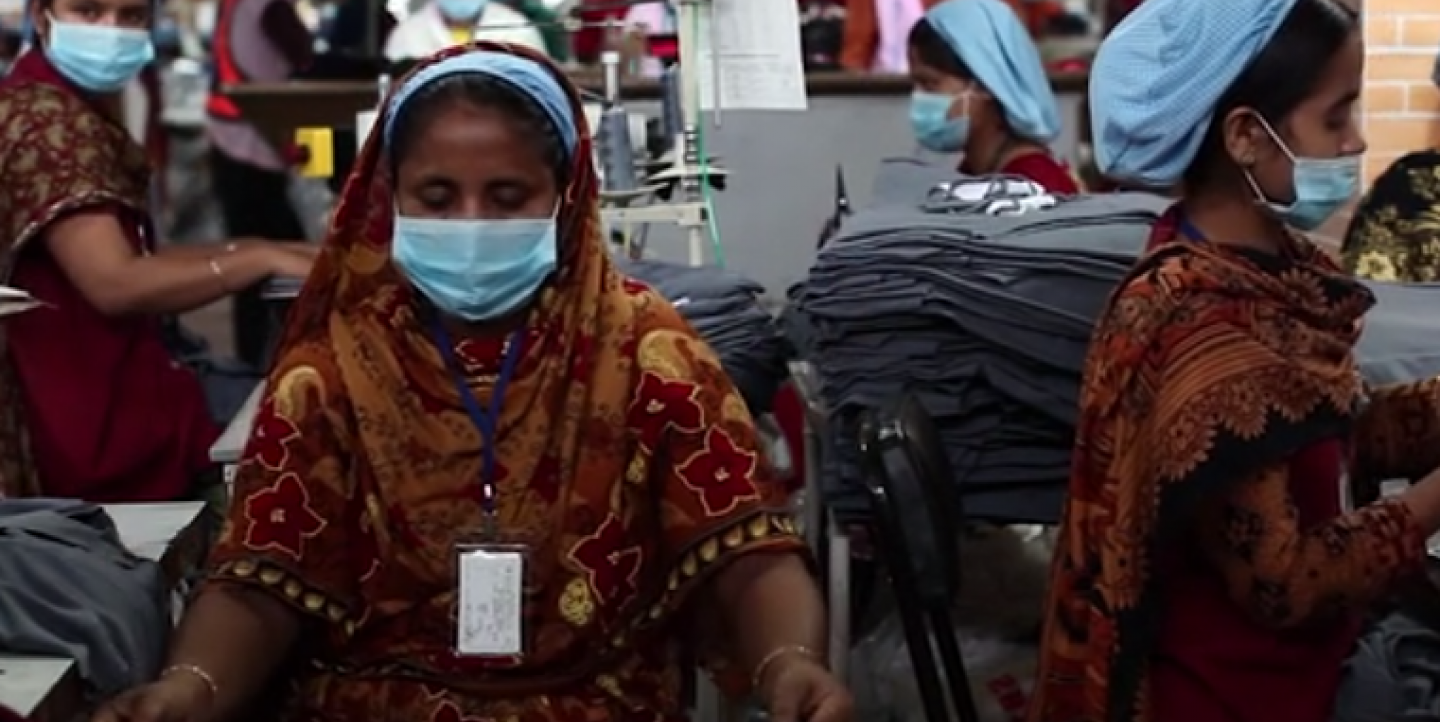Covering the global economy sounds like a complicated assignment, but a recent project from National Public Radio's Planet Money program shows it doesn't have to be.
"So many people think, 'global economy' - it's way too complicated. I can't possibly understand that," said economist Pietra Rivoli, an advisor to “Planet Money Makes a T-Shirt”, which takes the audience through each step in the process. "But if you follow this really simple product, you get a great lens on how it all works."
Planet Money's multimedia, multi-platform project introduces the people who grow the cotton, spin the yarn, and cut and sew the fabric. It enters factories, and travels from T-shirt factories in Bangladesh and Colombia to ports in the United States. It dives deeply into the characters’ lives and their stories, schooling the audience in trade, tariffs and labor issues along the way.
And it does so through a range of features, including audio, video, text, charts and illustrations.
“The trick is: how do you get people to watch a video, read some text and then watch another video?” says Brian Boyer, the project's managing producer, in a recent interview with PBS MediaShift. “How do you give people enough choice and ... finding points so that they understand where they are in the process, they don't feel lost?”
From the start, the story model was rooted in audience engagement and interactivity. In April, Planet Money launched a campaign on the crowdfunding site Kickstarter to seek financial support for the project. By pledging US$25 or more, contributors would receive the Planet Money T-shirt, which would then be produced as part of the story. More than 20,000 contributors gave more than $590,000, which was more than 10 times the amount the program sought.
Alex Blumberg, contributing editor of Planet Money, told 10,000 Words that he attributes the campaign's success to three things: A dedicated following (Planet Money's podcast has about 200,000 listeners); the audio medium, which creates an intimate connection between listeners and hosts; and the product, or “reward,” that was offered as part of the campaign.
The robust financial support allowed Planet Money to do significant reporting and production in partnership with NPR's new combined multimedia and news apps team, of which Boyer is the editor. Video was always what Boyer calls the “heartbeat” of the online version of the piece, with text and charts to supplement the reporting.
He tells PBS MediaShift: “We wanted to use each medium we had available to us to its best. Let's use video to tell the part of the story that video is really engaging. Let’s not cram the text story into the video. Let’s use a chart when it furthers the story.”
Despite this variety of features, “the narrative remains linear,” writes Poynter digital media fellow Sam Kirkland: “At no point does the reader face tough choices about whether to continue reading or to pause for a video in the middle of the text. The structure of the interactive documentary purposefully limits the number of anxiety-inducing choices while still giving readers control over the pacing, Blumberg told Poynter. Videos don't autoplay, but they’re placed naturally at the top of each chapter, allowing readers to move from video to text/graphics and back to video again.”
And despite the length of the videos, which, at up to six and a half minutes, are considered long for the web, Blumberg told Poynter that nearly 60 percent of the video plays are completed.
“To anyone who wants to say, ‘web video can’t be longer than 2:30,' I would say that's wrong,” Blumberg told Poynter. “Good content is going to deliver results.”
At the end of the process, the same audience who funded the story was tapped to help market it. The program contacted its Kickstarter contributors and asked them to send photos of themselves wearing their Planet Money T-shirts. Using social media, readers shared photos of themselves via Twitter and Instagram, becoming part of the story's legacy.
“I feel that this definitely raised awareness of our product,” Boyer told MediaShift. “We had a built-in marketing team. We had a group of people who were interested in promoting the project that they helped with.”
Image: Screenshot from the “People” video chapter of the project.

